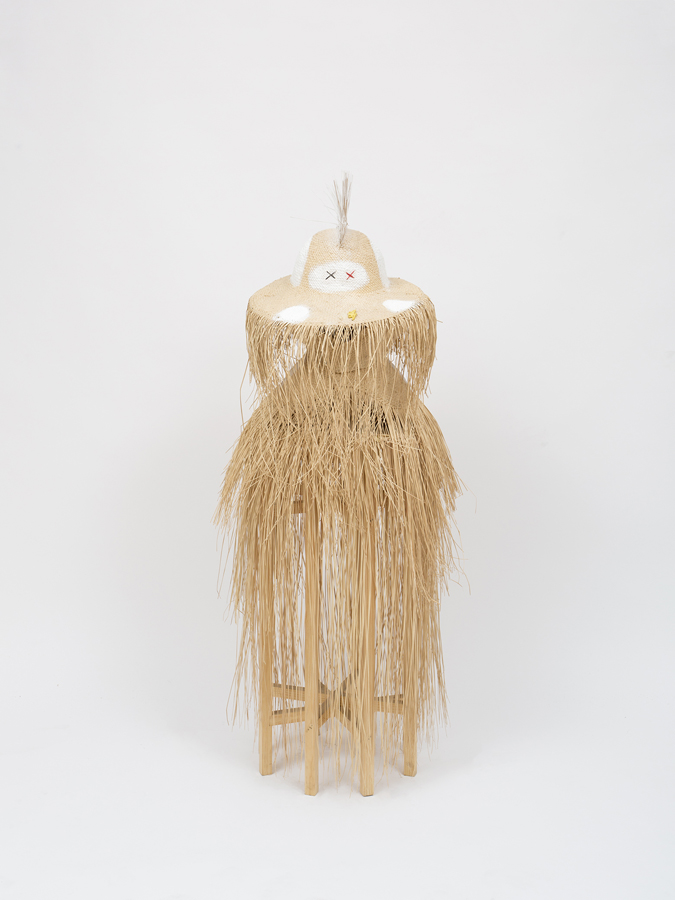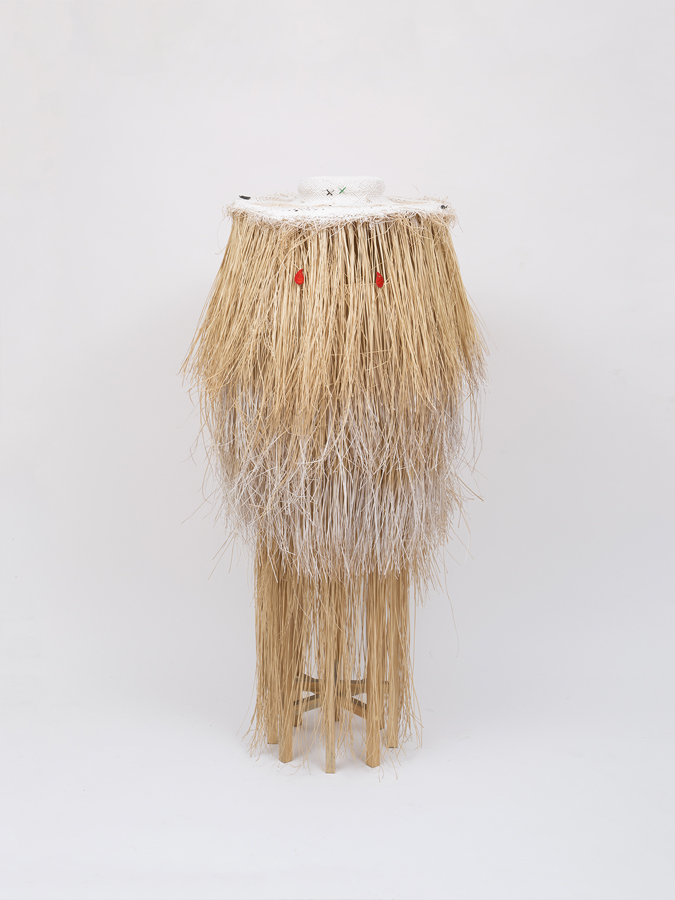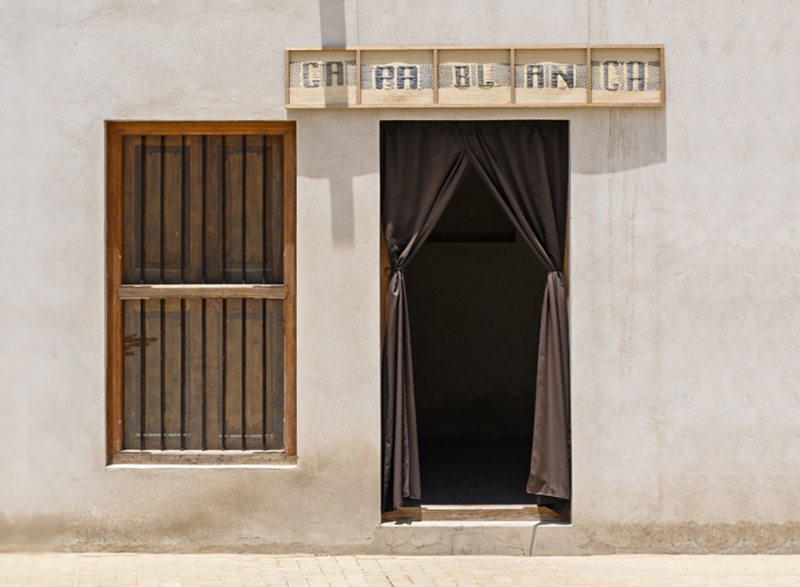Sharjah Biennial 14: Leaving the Eco Chamber
Look for me all aroun you, section curated by Claire Tancons
Sharjah Art Foundation: Bait Obaid Al Shamsi
Sharjah, Emirato Árabes Unidos
2019
This work explores a 1921 chess game that was performed as a ballet for the inaugural event of the XVII World Chess Olympics in Havana, Cuba 1966. Titled La Partida Viviente [The Living Match]. The ballet animated the game between Cuban player José Raúl Capablanca and German Emmanuel Lasker in that year’s Word Championship. Casablanca became the first and only Latin American, and, more precisely, Caribbean player to win the title of World Champion. In the game the black pieces are moved by Capablanca and the white ones by Lasker. Patakí 1921 remakes the ballet and encourages reflection on the colonial imposition of a Western art form and worldview on the Caribbean. The work employs a sculptural approach to performance that is informed by the cultural syncretism spanning the Caribbean archipelago in dance, music, craft and religious traditions like Santeria or Regla de Ifá.

Esta obra explora un juego de ajedrez de 1921 que se representó como ballet para el evento inaugural de las XVII Olimpiadas Mundiales de Ajedrez en La Habana, Cuba 1966. Titulado La Partida Viviente. El ballet animó el partido entre el jugador cubano José Raúl Capablanca y el alemán Emmanuel Lasker en el Campeonato Mundial de ese año. Casablanca se convirtió en el primer y único jugador latinoamericano y, más precisamente, caribeño en alzarse con el título de Campeón del Mundo. En el juego las piezas negras son movidas por Capablanca y las blancas por Lasker. Patakí 1921 rehace el ballet y fomenta la reflexión sobre la imposición colonial de una forma de arte occidental y una cosmovisión en el Caribe. La obra emplea un enfoque escultórico de la actuación que está informado por el sincretismo cultural que atraviesa el archipiélago caribeño en la danza, la música, la artesanía y las tradiciones religiosas como la santería o la Regla de Ifá.
Pataki 192
Performance 45 min, 30 dancers, attire/sculptures with iraca palm on chessboard stage
Bait Obaid Al Shamsi
Performance 45 min, 30 bailarines, atuendos/esculturas de palma de iraca sobre tarima cuadriculada
Bait Obaid Al Shamsi







Black chess pieces
Fichas negras













White chess pieces
Fichas blancas













In one of the rooms for Patakí 1921, there were several text weaved with iraca palm that wrote the following sentence in Spanish:
“In 1921, Havana, Cuba, the Cuban chess player José Raúl Capablanca wins the World Championship Of Chess. Becoming the first and only Caribbean and Latin-American player to achieve this tittle, with Gane #14 defeating the German Emanuel Lasker. ASÉ!!”
Next to these texts there is a photograph from the original ballet dance in 1966. Here are the black attires-sculptures which correspond to Capablanca.
“In 1921, Havana, Cuba, the Cuban chess player José Raúl Capablanca wins the World Championship Of Chess. Becoming the first and only Caribbean and Latin-American player to achieve this tittle, with Gane #14 defeating the German Emanuel Lasker. ASÉ!!”
Next to these texts there is a photograph from the original ballet dance in 1966. Here are the black attires-sculptures which correspond to Capablanca.



